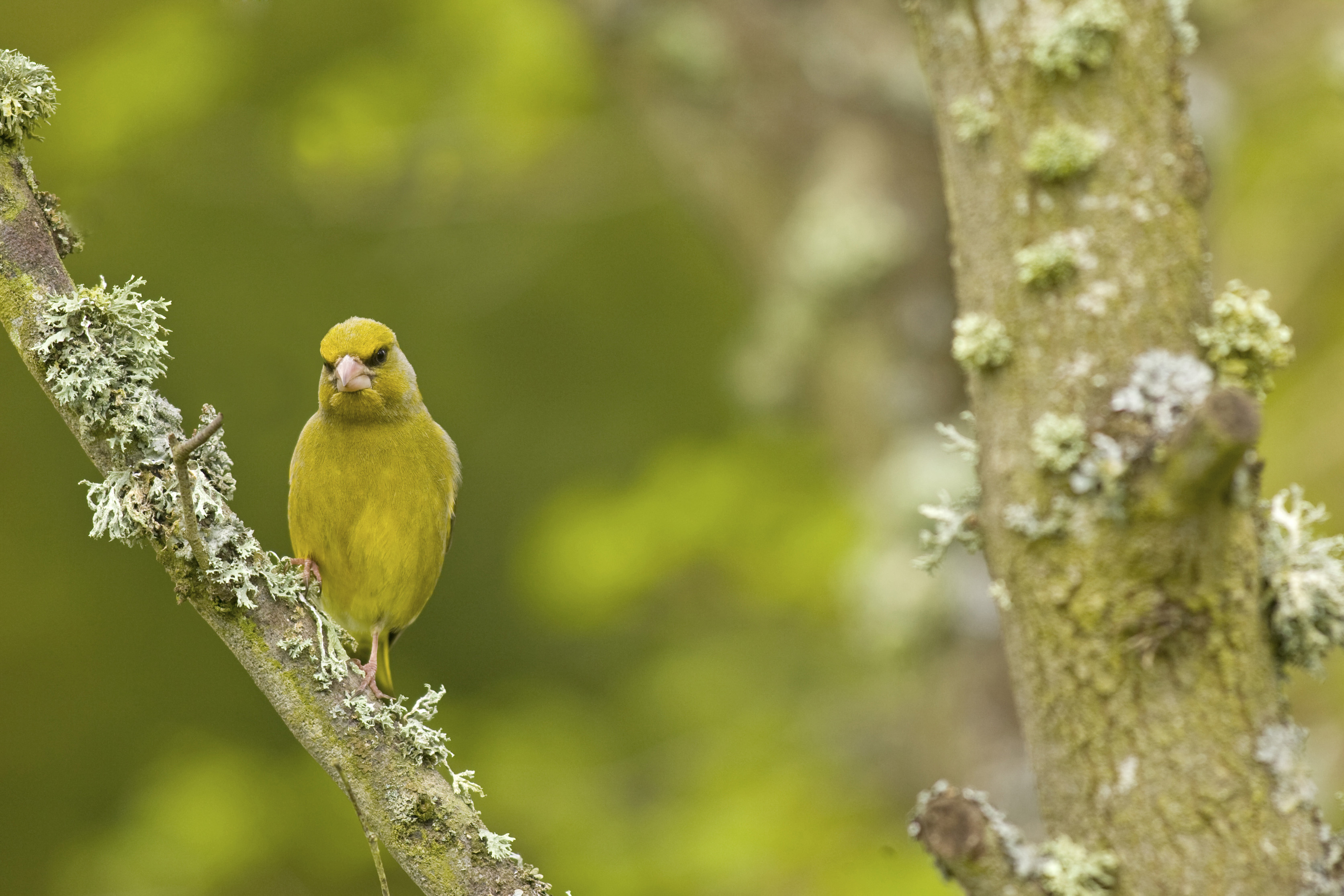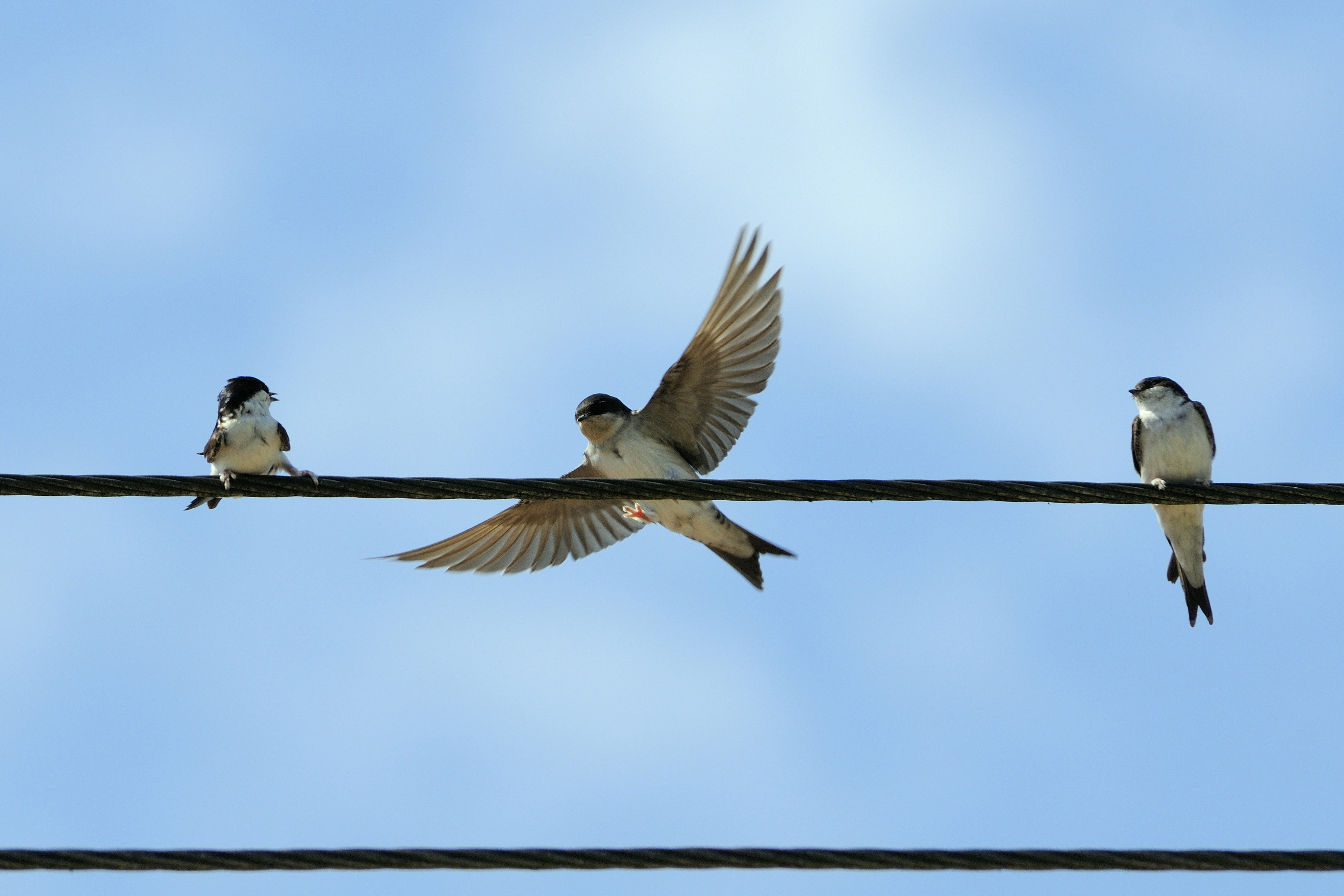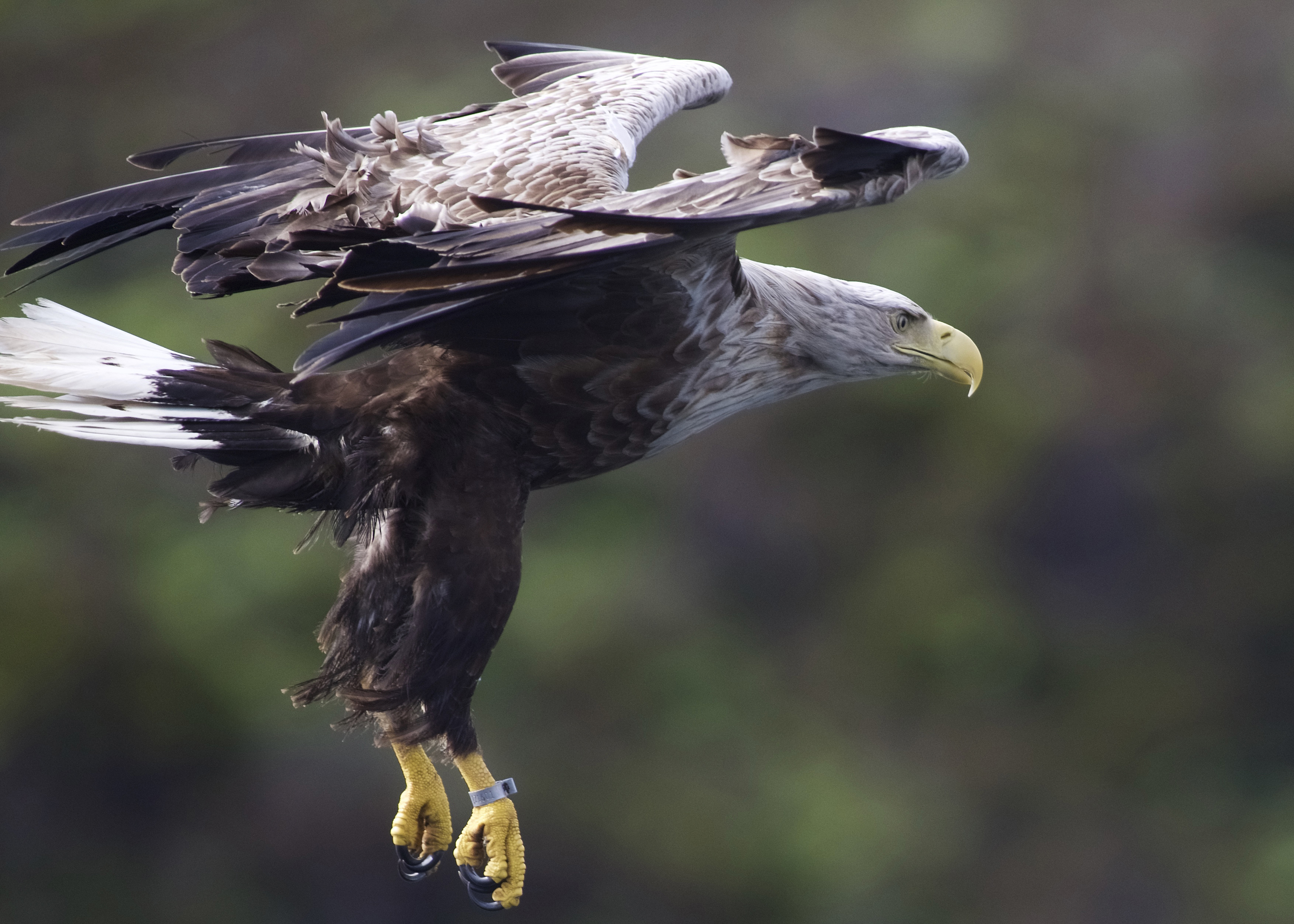More than a quarter of UK bird species are seriously threatened, with familiar species such as swifts and greenfinches joining those most at risk, experts warn.
Some 70 of the UK’s 245 assessed birds are “red-listed” – meaning they are of highest conservation concern because of severe declines, numbers well below historical levels or the risk of global extinction, a new assessment shows.
The latest update to the UK red list for birds, carried out by a coalition of the UK’s leading bird conservation organisations, is longer than it has ever been, with the figure nearly double what it was in the first assessment in 1996.

Newly red-listed species include swifts, house martins, the ptarmigan, purple sandpiper, Montagu’s harrier and greenfinch, the assessment from groups including the British Trust for Ornithology, RSPB, Wildlife Trusts and National Trust warns.
Overall, the red list has grown by three species since the last assessment in 2015, with 11 more birds red-listed, but six moved to amber and two no longer assessed.
The amber list has grown by seven species while the green list – of those birds least under threat – has shrunk by nine species.

Swifts have moved from the amber list to red in the face of a 58% drop in their populations since 1995 and house martins join them due to a 57% fall since 1969, joining other birds which migrate to sub-Saharan Africa such as cuckoos and nightingales.
Greenfinches have gone from green-listed to the red list following a 62% population crash since 1993 due to a severe outbreak of the disease trichomonosis.
The conservationists said the disease was spread by contaminated food and drinking water, and urged homeowners to clean bird feeders regularly and temporarily stop putting out food if sick birds are seen in order to slow the spread.

Leach’s storm-petrel and kittiwakes are among the birds on the red list which are threatened with global extinction.
In better news, successful reintroduction projects have helped the white-tailed eagles – which became extinct in the UK as breeding birds more than a century ago – move off the red list onto the amber listing.
The song thrush, pied flycatcher and grey wagtail have been moved from red to amber, though they remain close to the threshold for the most at-risk category, as have the redwing and black redstart.
Colonisation of the UK by new birds – much of it down to human-induced climate change – has seen five new species including the great white egret, cattle egret and black-winged stilt added to the latest review.

She warned: “As with our climate this really is the last chance saloon to halt and reverse the destruction of nature.
“We often know what action we need to take to change the situation, but we need to do much more, rapidly and at scale.”
The Game and Wildlife Conservation Trust’s director of research, Dr Andrew Hoodless, said more farmland and upland birds were added to the red list.
“We need to better understand the effects of climate change on some species, as well as the impacts of changing habitats and food availability along migration routes and in wintering areas of sub-Saharan African migrants,” he said.
“For many red-listed species, however, improving breeding success in the UK is vital – we can and must make real and immediate improvements to this through better engagement with UK farmers, land managers and gamekeepers to encourage adoption of effective packages of conservation measures.”






